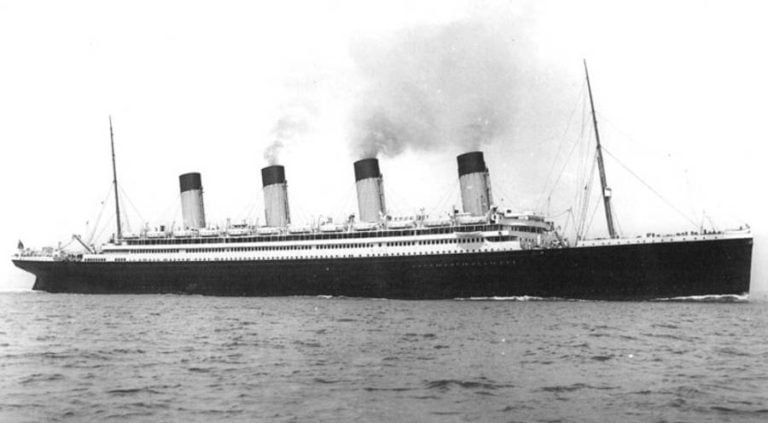The olympic was the sister ship of the titanic and she provided twenty five years of service

The Olympic: The Titanic’s Esteemed Sister Ship
When it comes to maritime history, few ships evoke as much intrigue and fascination as the RMS Titanic. However, what many people may not know is that the Titanic had a sister ship named the RMS Olympic. This magnificent vessel not only shared a similar design but also provided twenty-five years of dedicated service.

The RMS Olympic was the first of the three Olympic-class ocean liners built for the White Star Line, a prominent British shipping company at the time. Launched on October 20, 1910, in Belfast, Northern Ireland, the Olympic marked the beginning of a new era in transatlantic travel.
With its grandeur and opulence, the Olympic was a true marvel of engineering and luxury. Measuring 883 feet in length, the ship boasted a gross tonnage of 45,324 tons. Equipped with nine decks, it could accommodate over 2,400 passengers and 860 crew members. The vessel featured top-tier amenities, including swimming pools, Turkish baths, a gymnasium, and even a squash court.
The Olympic commenced its maiden voyage on June 14, 1911, from Liverpool, England, and arrived in New York City a week later. The ship quickly gained a reputation for its reliability and comfort, captivating travelers with its unmatched splendor. It continued to operate on the Southampton–Cherbourg–New York route, becoming a beloved figure on the transatlantic journey.
However, the Olympic’s distinguished service was not without its share of unfortunate events. One of the most notable incidents occurred in 1911 when the Olympic collided with the British warship HMS Hawke. Although sustaining significant damage, the ship managed to return to Belfast for extensive repairs. This incident prompted design modifications that were implemented in the construction of its ill-fated sister ship, the Titanic.
Devastatingly, while the Titanic faced a tragic fate on its maiden voyage in 1912, the Olympic continued its service undeterred. The ship transported thousands of passengers across the Atlantic, providing a luxurious and safe means of travel. Not only did it carry renowned figures of the time, but it also transported troops during World War I in its role as a troopship.
The Olympic went through several modifications over the years, including the addition of a larger deck suite and an enclosed promenade deck. Despite the immense popularity of air travel in the 1930s, the vessel persevered, adapting to changing times and continuing its crossings.
It wasn’t until 1935, after a remarkable career spanning a quarter of a century, that the RMS Olympic was finally retired from service. Though no longer traversing the vast oceans, the ship’s legacy endures as a symbol of the remarkable accomplishments and technological advancements of its time.
In conclusion, the RMS Olympic, the sister ship of the Titanic, played a significant role in shaping transatlantic travel and maritime history. Its twenty-five years of dedicated service provided a luxurious and reliable means of transportation across the Atlantic. The Olympic’s unwavering resilience and enduring legacy have secured its place in history, forever immortalizing its name in the annals of ocean liners.
Related Posts
Quick Links
Legal Stuff


